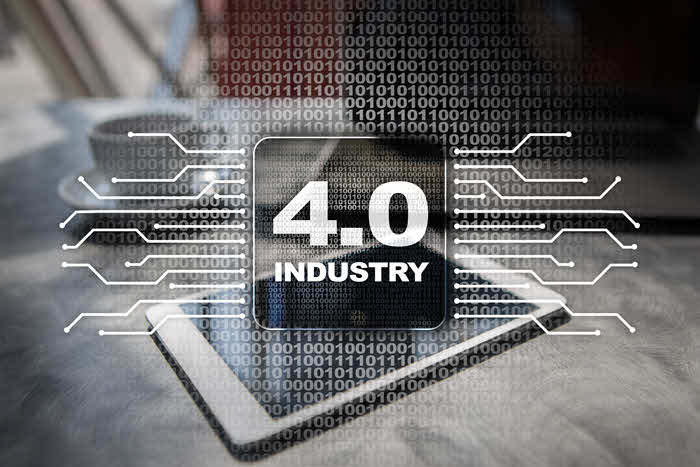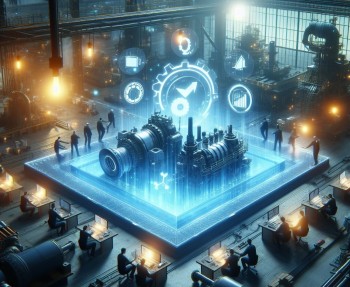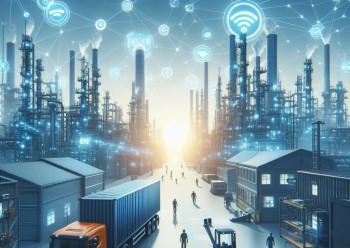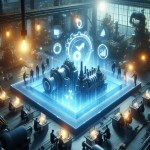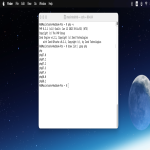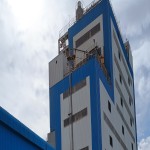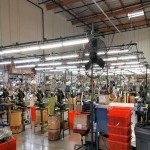Digital Twin
Digital twin refers to a digital replica of physical assets, processes and systems that can be used for various purposes. The digital representation provides both the elements and the dynamics of how an IoT device, equipment, or machine operates and lives throughout its life cycle.
Digital twins integrate artificial intelligence, machine learning and software analytics with data to create living digital simulation models that update and change as their physical counterparts change, it also continuously learns and updates itself from multiple sources to represent its near real-time status, working condition or position. This learning system learns from itself, using sensor data that conveys various aspects of its operating condition; from human experts, such as engineers with deep and relevant industry domain knowledge; from other similar machines; from other similar fleets of machines; and from the larger systems and environment in which it may be a part of. Moreover it integrates historical data from past machine usage to factor into its digital model.

In various industrial sectors, twins are being used to optimize the operation and maintenance of physical assets, systems and manufacturing processes. They are a formative technology for the Industrial Internet of Things, where physical objects can live and interact with other machines and people virtually.
A digital twin also can be used for monitoring, diagnostics and prognostics to optimize asset performance and utilization.
However, digital twins offer even the simplest constructs a vast number of benefits. We would like to quickly explore five reasons every IoT deployment needs digital twins:
Predict the future
In order to predict the condition of an asset down the road, it’s necessary to transcend a pretty dashboard view of a device’s current anatomy, and truly understand its behavior. Digital twins provide a closer look at what conditions and events influence it to change, to regress or thrive, from one environmental state to another.
Increase accuracy
Understanding these behavioral patterns, and leveraging advanced machine learning algorithms, enables meaningful digital twins to be played forward or backward in time. This modeling allows operators to better understand how a device might perform in a certain scenario, for example, to alleviate a potential mechanical failure before it happens.
Avoid failure
This may seem obvious, but businesses place a high value on being able to avoid costly breaks or errors. Digital twins enable teams to explore innumerable possibilities so they can deliver, with a higher level of confidence, a recommendation around the longevity or reliability of an asset. Businesses that needs to improve uptime and increase production can leverage digital twins to do so more quickly.
Reduce cost
Digital twins because it helps avoid mistakes and identify success early, are therefore a powerful weapon for minimizing them.
Create composite digital twins
Digital twins make it easier for software applications to interact with remote devices, whether to query them for conditions or instruct them to perform certain actions. However, digital twins containing only real-time state information are limited in their utility.
